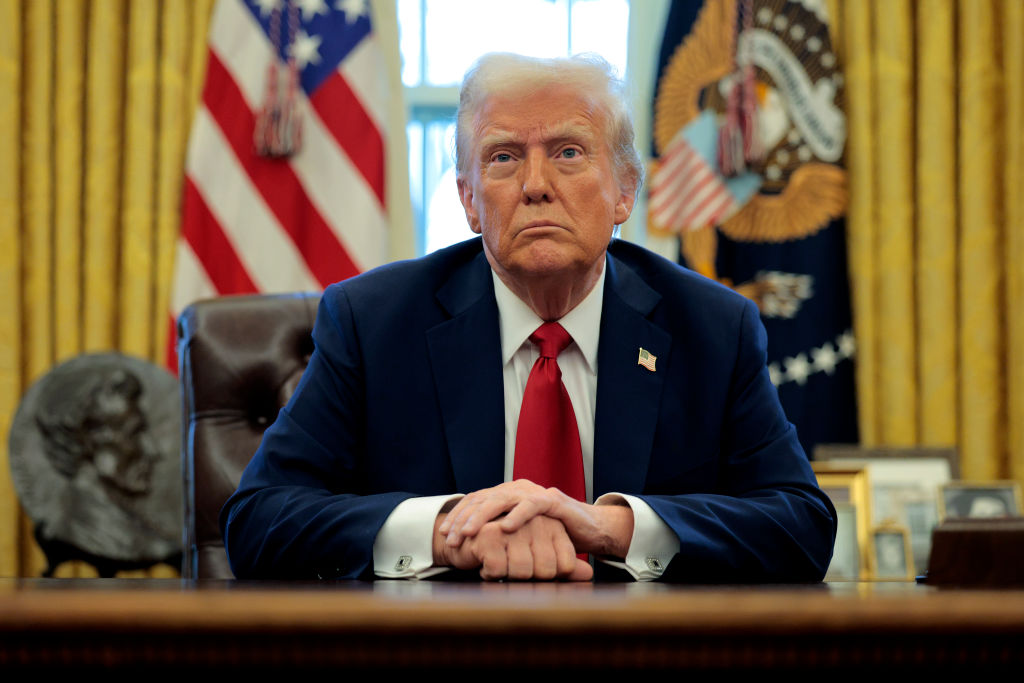America First Trade Policy and the Evolution of U.S.-ASEAN Economic Relations

As we enter a new phase of U.S. international trade policy—with the first scheduled implementation of America First tariff increases on Americans importing aluminum and steel products made in every nation around the world and all products made in China—many are focused on what direct and indirect impacts the higher tariffs will have on the U.S. economy.
The indirect impacts will be influenced by how nations around the world choose to respond to higher U.S. import tariffs by assessing what policies will best help them to navigate risks and uncertainties based on their vulnerabilities, challenges, and opportunities to protect their trade interests. From a commercial perspective, below are some of the types of policy responses we might see from Southeast Asian nations in ASEAN, home to four of America’s top twenty two-way trade partners in the world and increasingly the “economic centrality” region influencing the evolution of Asia’s regional trade and financial architectures.
Category 1: These governments will choose to react to the Trump administration’s decision to impose taxes on Americans importing products made overseas (which is likely to increase costs in America and reduce the global export competitiveness of some products made in America), by retaliating with similar changes to their trade policies with regard to American made products. They will do things like impose equal or higher tariffs on their citizens who import any U.S. product. Other actions could include purchasing more U.S. exports to make bilateral trade with America more “reciprocal” and adjusting their exchange rate to make imports from the U.S. less expensive.
Category 2: These governments won’t retaliate by imposing broad tariffs on their citizens who import U.S. products. They will understand that during a period of increased uncertainty, those with resources and capabilities will assess their existing trade policies and economic development strategies and formulate options for making changes to their plans. In addition to possibly increasing their imports of U.S. made products, they will choose responses ranging from challenging the increases in U.S. tariffs in the WTO or via the dispute settlement mechanisms in existing trade agreements with the United States. If they do choose to implement their own import tariffs, they will be selective in targeting either U.S. products that its citizens can easily switch to alternatives or products that are politically sensitive to the interests of U.S. politicians.
Category 3: These governments might do some of the options in category 2, but in addition, they might look to identify other economic policy reforms to lower prices of goods made in their nation relative to the prices of good imported from the U.S. for their citizens. They might also look for ways to reduce existing import tariffs on goods from other nations that export similar products as the United States. For some nations in this category, who have advantages in specific industries, they might also seek to enter talks with the United States to do sector-specific “reciprocal” trade deals.
Category 4: In addition to exploring some of the policy options from categories 2 and 3, these governments will see the America First Trade Policy tariffs for what they actually are: both a negotiating tactic to address non-trade policy issues with foreign countries and primarily a lynchpin of a domestic political narrative that says America, the world’s single largest importing nation, is a victim of international trade and the global trading system. With that understanding, they will choose responses which mostly ignore the U.S. government’s choice to increase U.S. import tariffs on their products and focus more on their own domestic economic fundamentals and strengthen the competitive factor advantage in their domestic ecosystems. These governments will work with local and foreign private sector players in their domestic market to further enhance their global trade competitiveness. They will recognize that, while the United States is the single largest importing nation in the world, it only accounts for about one third of the total amount of imports of the top ten importing nations of the world combined and they won’t choose responses which could hurt their trade interests and competitiveness with the other two thirds of the world’s biggest importers. These governments will also be further incentivized to participate more in existing preferential trade agreements and develop new ones in areas like digital trade to make the products made in their nations more competitive in the rest of the world.
Southeast Asian nations that play significant roles in several strategically important global value chains, and with foreign trade and investment representing significant sources of GDP growth, are likely to exhibit a wide array of economic and trade policy responses to America First trade policy measures. How ASEAN nation choose their responses to America First trade policies will generate indirect effects on the U.S. economy and influence the evolution of U.S.-ASEAN economic relations.



